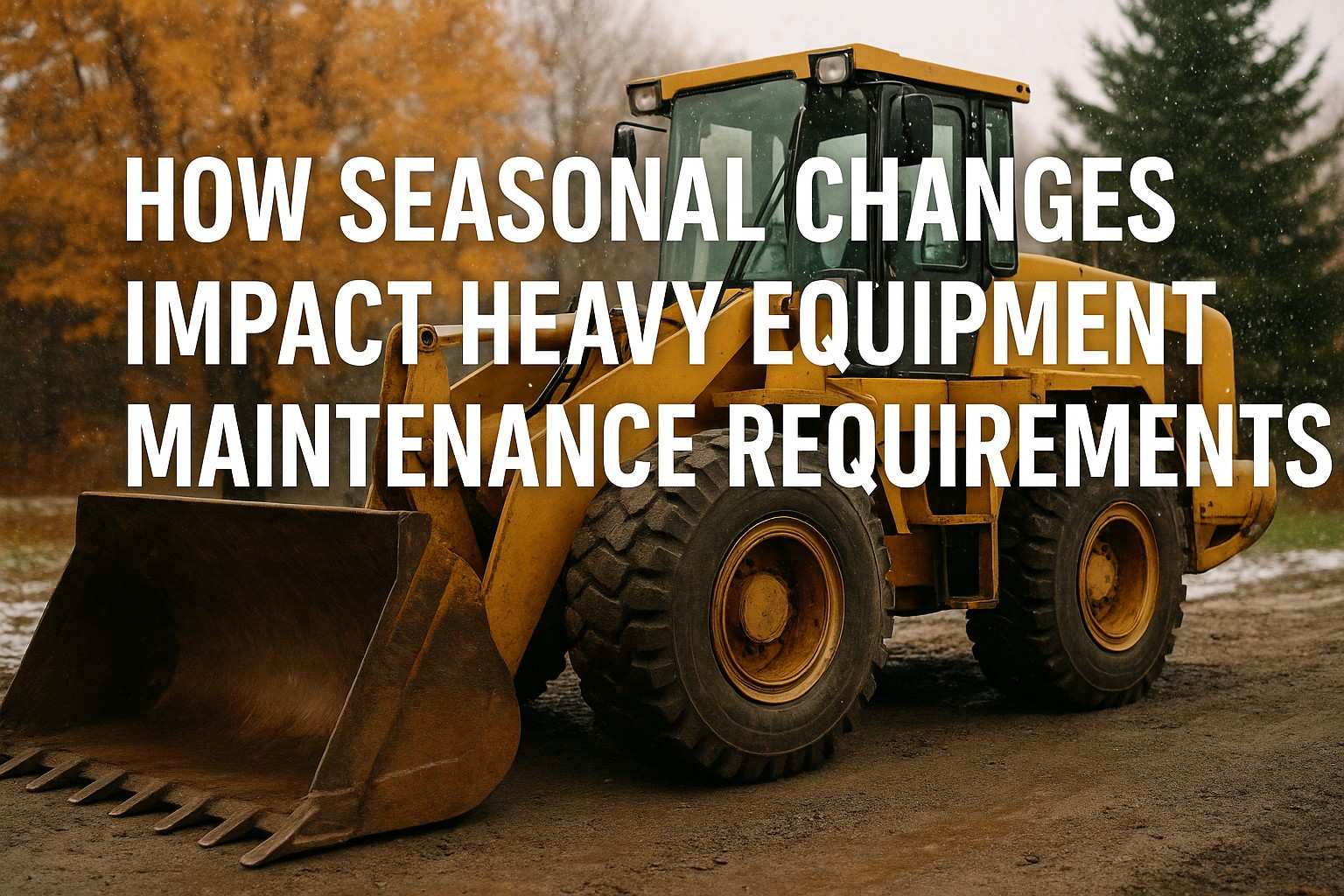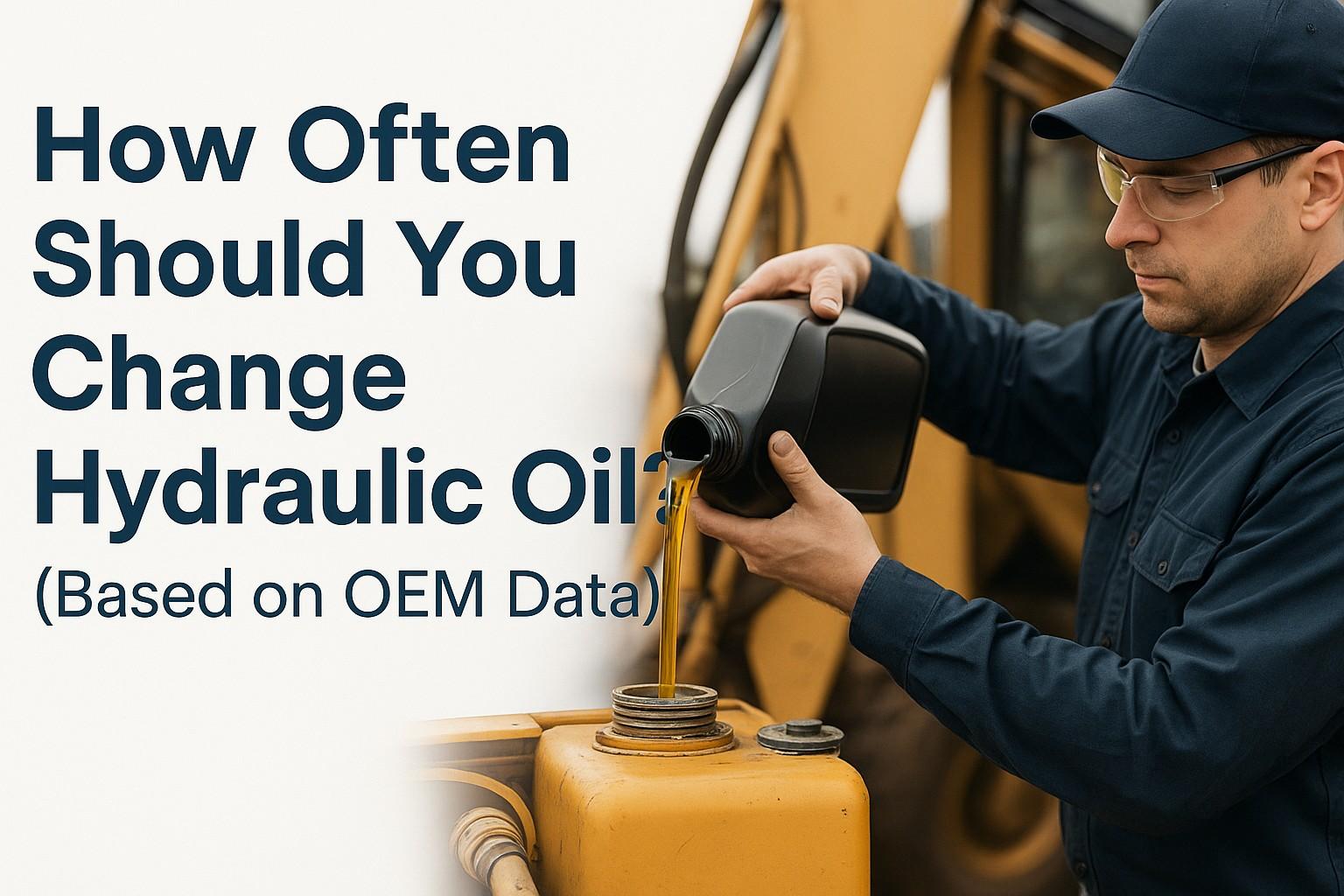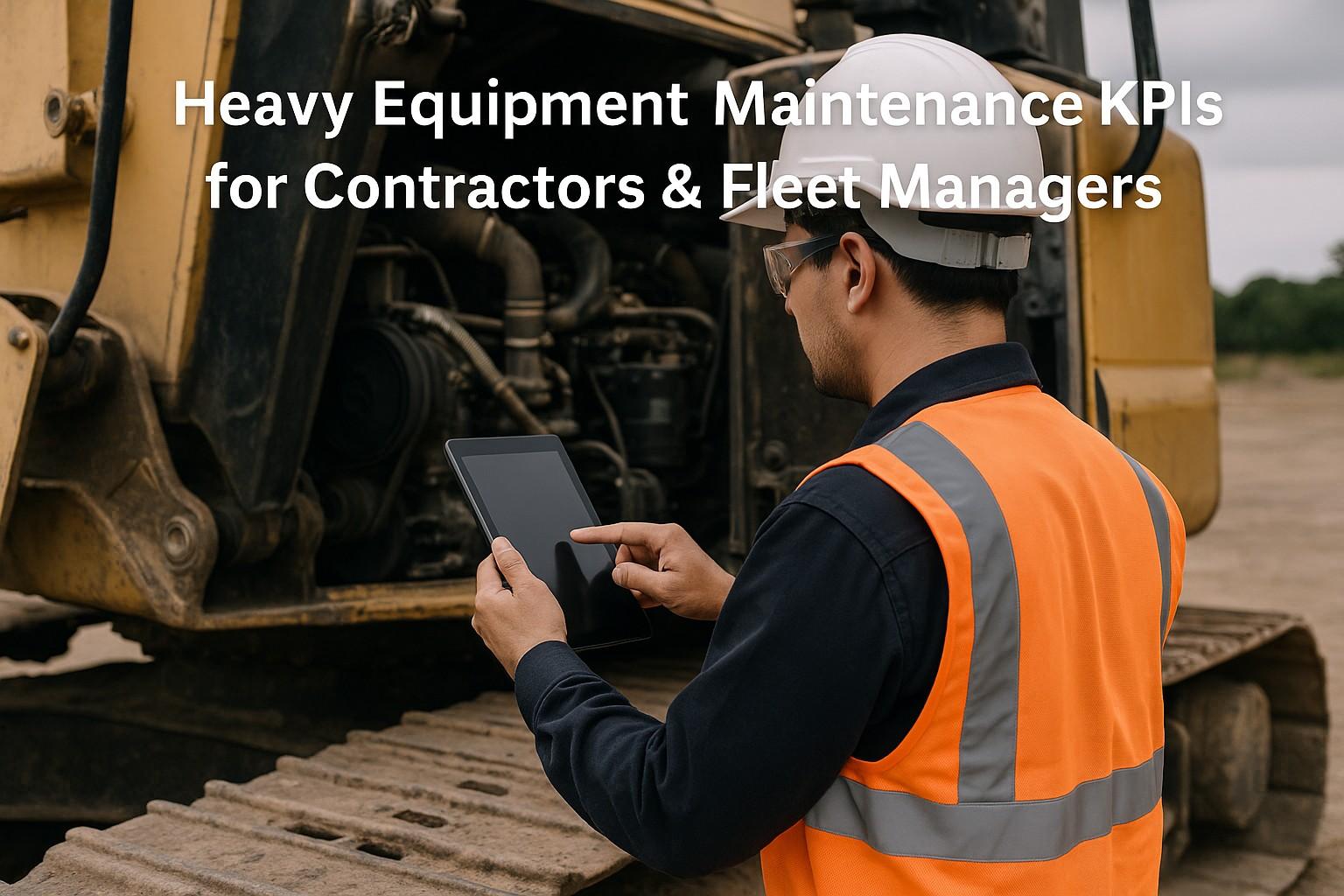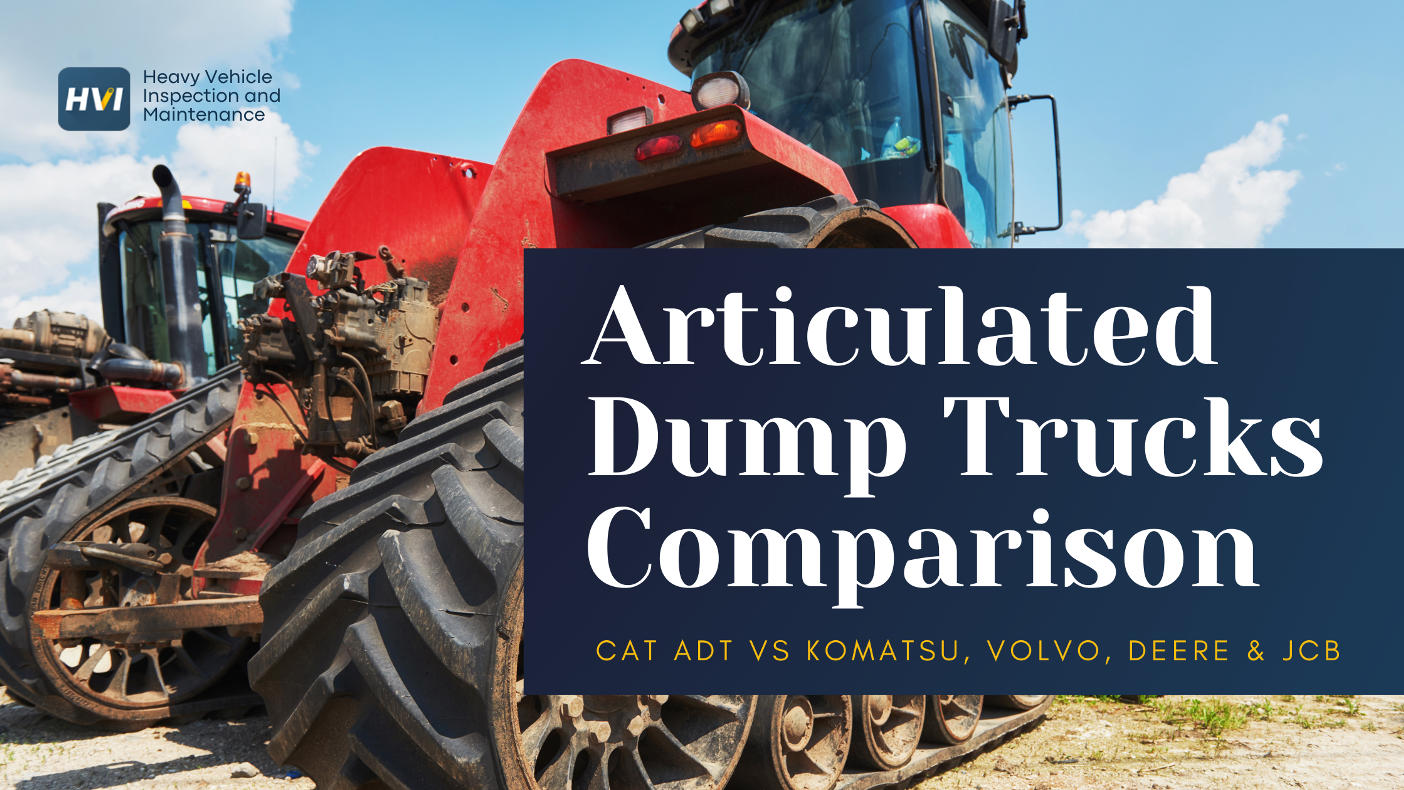The Caterpillar-HVI integration not only automates your maintenance process but also provides measurable improvements in operational performance. Below are some key metrics to track when evaluating the effectiveness of this integration for your fleet:
Note: Join our latest webinar " Caterpillar - HVI Integration: Modernizing Equipment Operations and Extending Equipment Life" to learn how integrating real-time data from Caterpillar machines with the HVI app is modernizing equipment operations in the fleet and construction industry. Don't miss out on this opportunity! Watch recording.
1. Maintenance Compliance Rate (MCR)
This KPI measures how often your fleet maintenance is performed on time. With automatic service scheduling from the Caterpillar-HVI integration, you can expect a significant improvement in this rate.
Formula:
MCR = (Total On-time Services / Total Required Services) × 100
Example: Before integration, if you completed 70 out of 100 services on time, your MCR would be 70%. With Caterpillar-HVI, automating work orders ensures timely service, boosting this rate to near 100%.
2. Equipment Uptime
Uptime is one of the most critical KPIs for any fleet. Tracking how often your equipment is operational without unexpected downtime is crucial. With proactive maintenance, the Caterpillar-HVI integration helps increase your fleet's uptime.
Formula:
Uptime = (Total Operational Time / Total Available Time) × 100
Example: Let’s say an excavator is available for use 24 hours a day but spends 4 hours daily in unplanned downtime. Its uptime would be (20/24) × 100 = 83.3%. With Caterpillar-HVI integration reducing breakdowns, you can aim for uptime of 95% or more.
3. Maintenance Cost Per Hour (MCPH)
This KPI calculates how much it costs to maintain your equipment per operational hour. Automating maintenance schedules through the Caterpillar-HVI integration can help reduce unexpected repair costs, thus lowering your MCPH.
Formula:
MCPH = Total Maintenance Costs / Total Operational Hours
Example: Suppose your total maintenance costs for an excavator were $15,000 for 1,000 hours of operation. That’s $15 per operational hour. By automating preventive maintenance and reducing costly breakdowns, you could see this number drop to $12 per hour, saving you $3,000 annually per machine.
4. Fleet Maintenance Efficiency (FME)
FME measures the effectiveness of your maintenance processes by comparing planned maintenance versus unplanned downtime repairs. With the Caterpillar-HVI integration, your FME should improve as preventive work is prioritized.
Formula:
FME = (Planned Maintenance Hours / (Planned Maintenance Hours + Unplanned Downtime Hours)) × 100
Example: If you previously spent 500 hours on planned maintenance and 200 hours on unplanned downtime, your FME would be (500 / (500 + 200)) × 100 = 71.4%. Automating maintenance scheduling helps increase FME to above 90%.
5. Return on Investment (ROI) from Caterpillar-HVI Integration
A critical metric to measure is how much your business saves through the integration, especially when considering reduced downtime and maintenance costs.
Formula:
ROI = (Benefits (Cost Savings) / Total Cost of Integration) × 100
Example: If the Caterpillar-HVI integration costs $20,000 annually but saves you $50,000 in reduced downtime, labor, and maintenance costs, your ROI would be (50,000 / 20,000) × 100 = 250%, showcasing the high value of the investment.
Start Tracking KPIs and Optimize Your Fleet with Caterpillar-HVI Integration
Ready to see measurable improvements in your fleet's efficiency and reduce operational costs? The Caterpillar-HVI integration gives you the tools to monitor critical KPIs like uptime, maintenance cost per hour, and maintenance compliance rate—helping you run a smarter, more efficient operation.
? Start Your Free Trial Today and take control of your fleet’s maintenance with data-driven insights!




